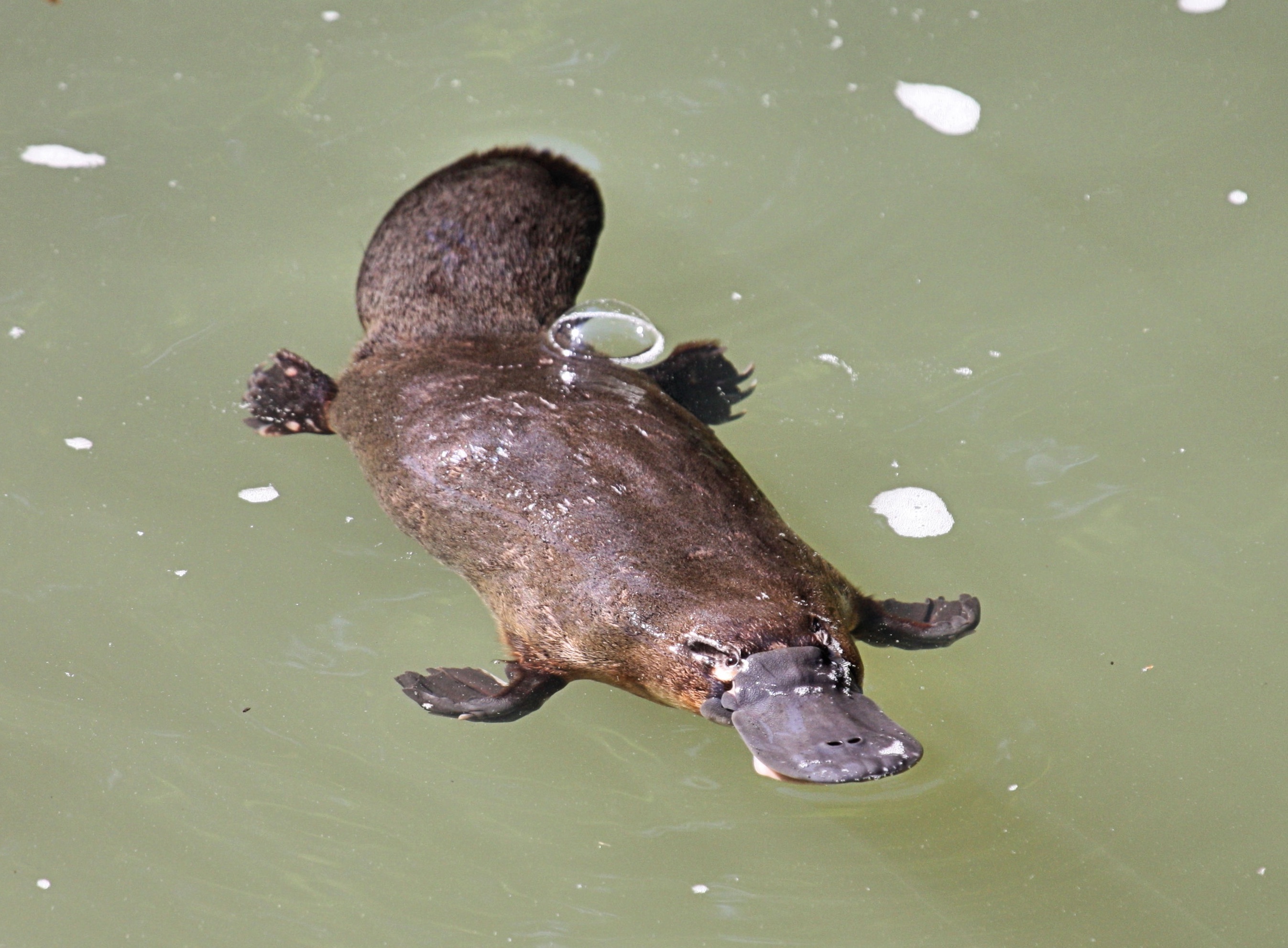The most recent round of platypus surveys, undertaken at 24 sites across eight of the city’s major waterways, confirms the monotreme’s presence in three of the city’s sub-catchments.
Ipswich City Council’s 2020-2021 platypus eDNA (environmental DNA) monitoring program is the fifth and most extensive platypus monitoring event council has undertaken across the city’s waterways.
Ipswich Mayor Teresa Harding said this data will help council understand where platypus populations live, and guide further strategic planning.
“We are very lucky to have platypus populations right here in Ipswich,” Mayor Harding said.
“The results show the catchments of Woogaroo Creek, Opossum Creek and Sandy Creek as the primary strongholds and this is in line with previous years’ results.
“By continuing to monitor and deliver waterway rehabilitation programs, the city’s platypus populations can continue in their current locations and hopefully establish a range of new areas throughout our waterways.”
Environment and Sustainability Chair Councillor Russell Milligan said the primary threat identified at these sites was water turbidity, which was significantly worse than previous years.
“Of critical importance to the conservation of our platypus populations is maintaining good habitat conditions in the creeks they occupy,” Cr Milligan said.
“Council actively contributes to this through the delivery of riparian maintenance and the Habitat Connections program, which focuses on weed removal and native riparian revegetation in high priority sites across the city’s waterways.
“Revegetation is of critical importance for providing stable streambanks to enable burrowing sites for platypus, where they seek shelter and rear their young.
“Riparian vegetation also provides benefits to water quality and council have identified a number of key sites in one of our platypus strongholds, Woogaroo Creek, which will undergo significant stabilisation works in the next two years to reduce erosion of the streambanks.”
Ipswich City Council, with partners Wildlife Queensland, use Platypus eDNA monitoring to detect their presence: this involves filtering a sample of water from a waterway and analysing it for the presence of platypus DNA.
While the sampling detects the presence of platypus, it can’t determine population size or composition, such as individual animals or an age and gender mix.
In 2020, council adopted a Platypus Recovery Program which outlines council’s strategy for contributing to the long-term protection of platypus in our city.
The platypus recovery program recommends on-ground actions for each of our waterways which include revegetation, formal streambank stabilisation works, aquatic connectivity rehabilitation and weed management.
The platypus was identified as a priority species in council’s Nature Conservation Strategy 2015 and this DNA data helps council make informed decisions about future conservation strategies to improve platypus populations in our region.
If you spot a platypus, report it to [email protected]
Read also:
>>> How the Ipswich Nature Centre is contributing to science


